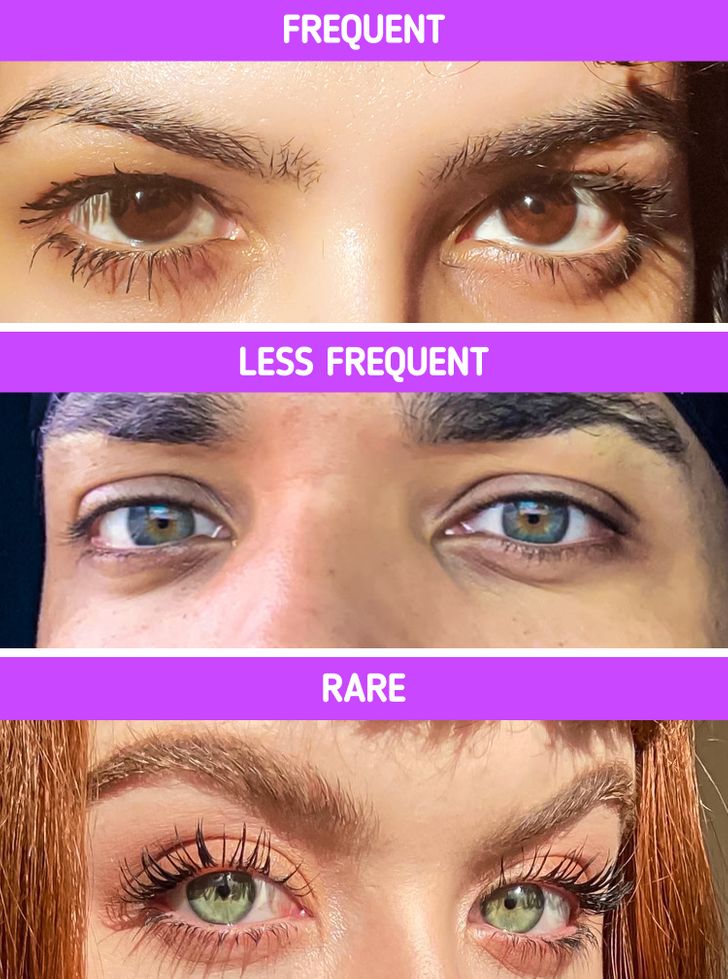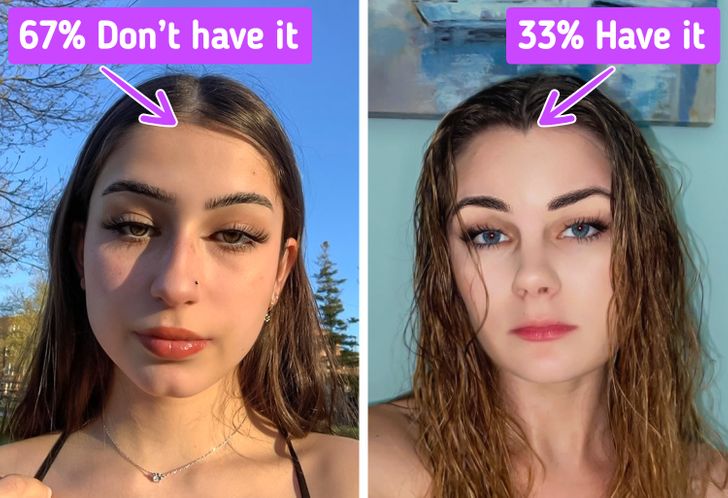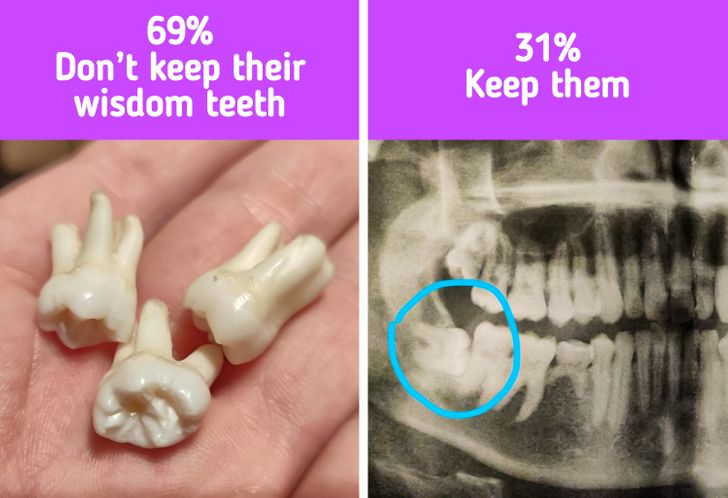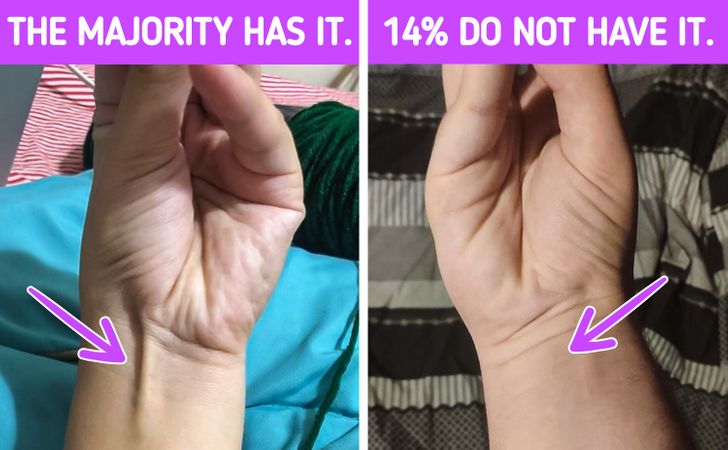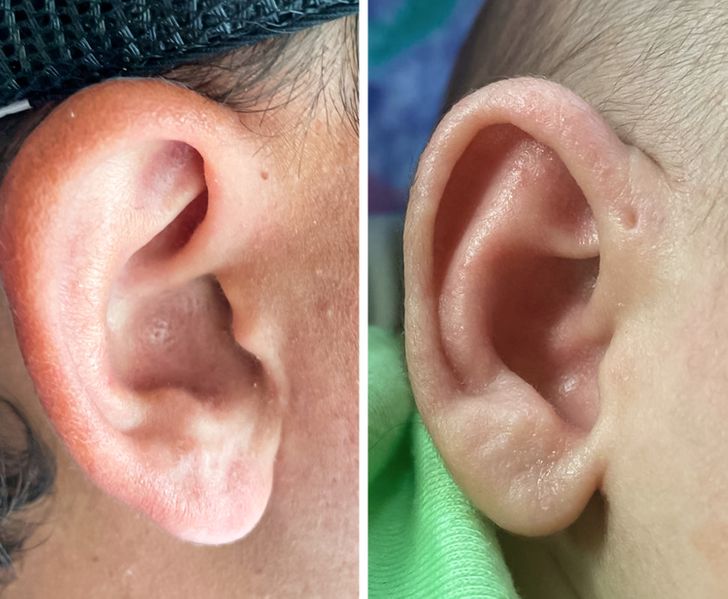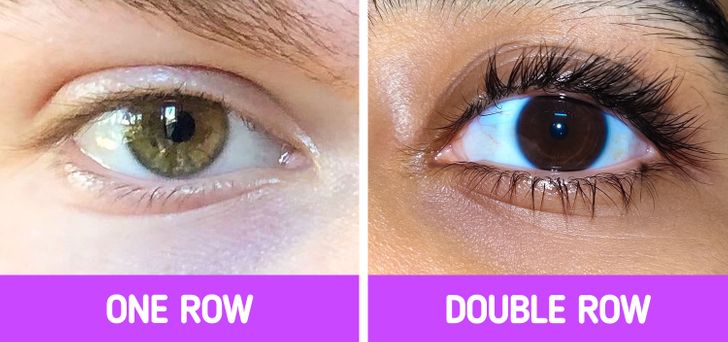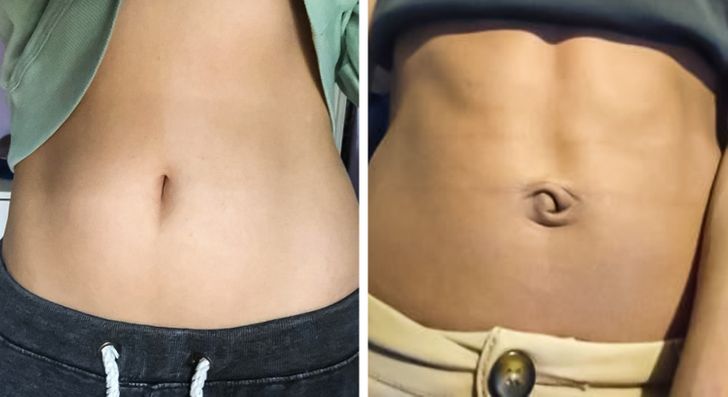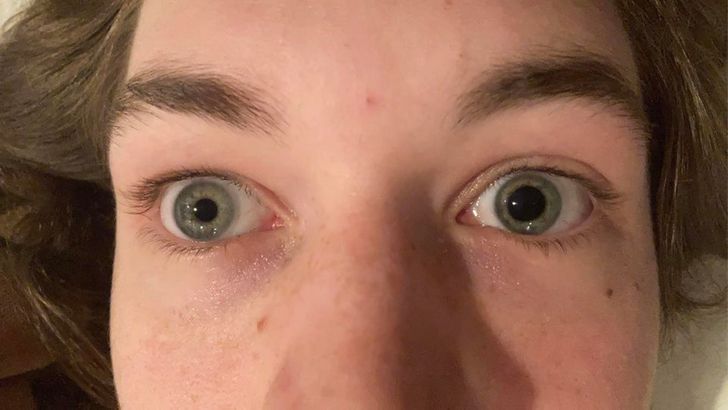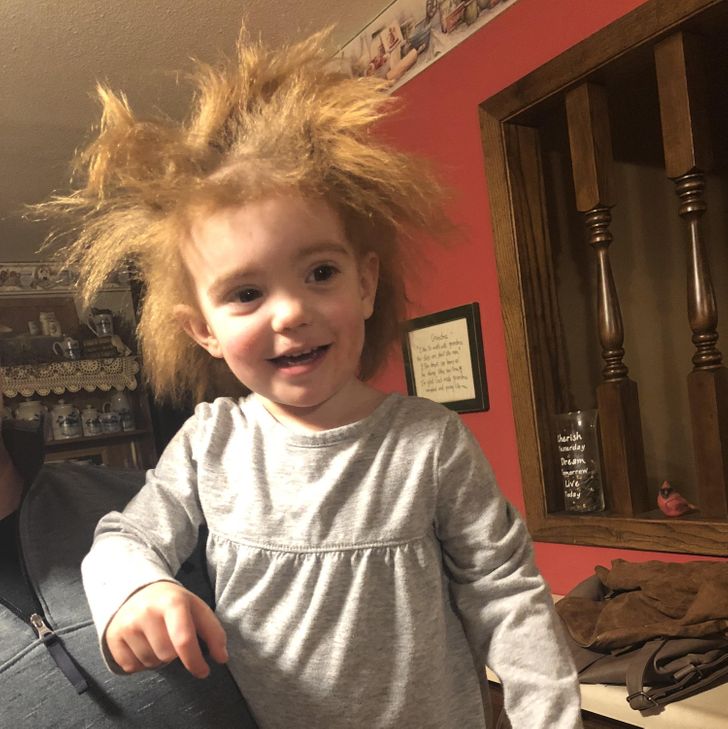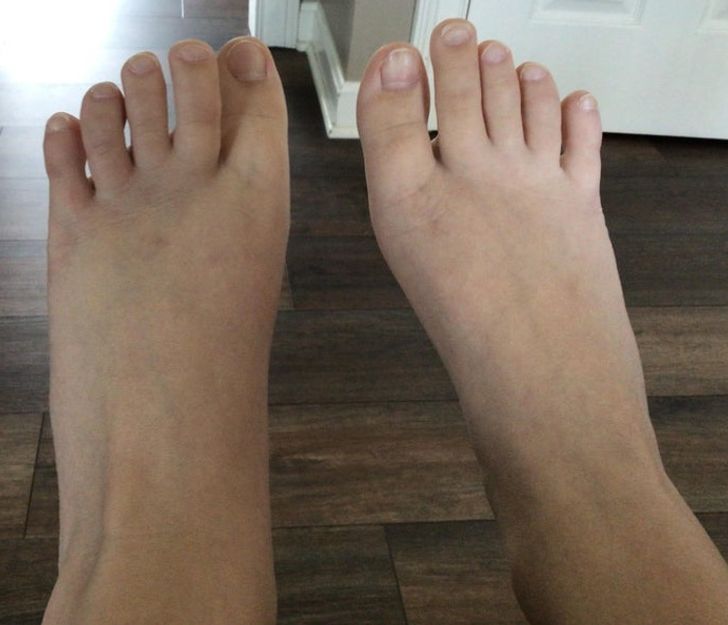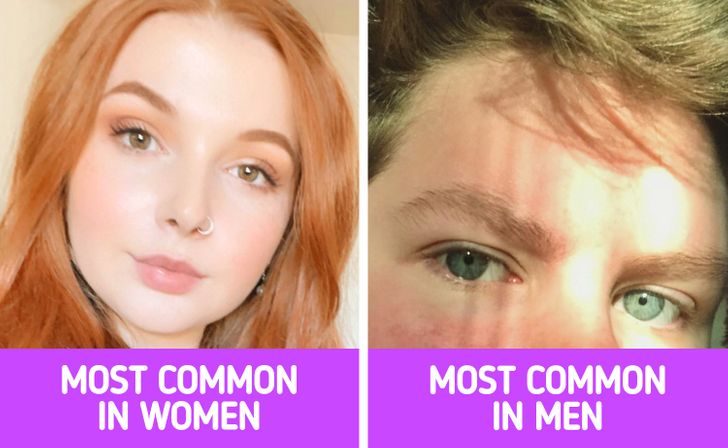No 11... "Equally rare, though not as common..."
Only a tiny percentage of people might be able to make sense of this. 😄
10+ Rare Physical Traits That Make People a Special Exception to the Rule
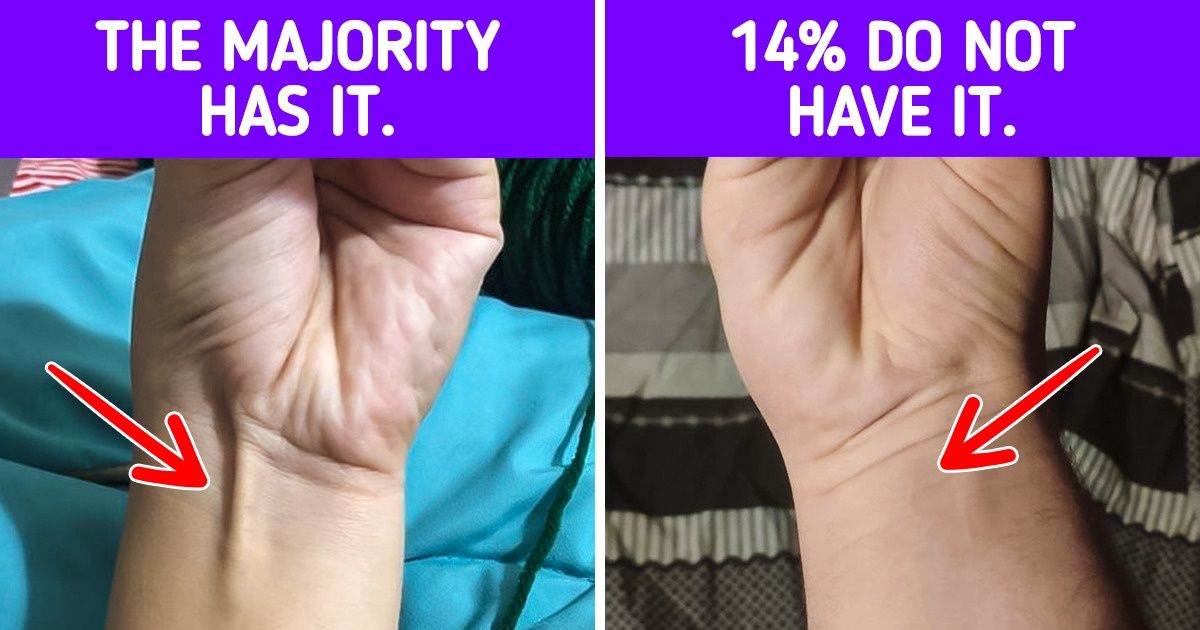
Each person is unique; and although they all share certain characteristics that make them human, no face in the world is exactly the same as another. We are not only different from other species, but also from each other. Now, within these characteristics and traits that define human beings, some are infrequent, rare, and in some cases, extraordinary.
At Bright Side, we analyzed different characteristics of the human body and discovered 11 that are very rare. Check them out now, and then tell us if by some strange chance you possess any of them.
1. Green eyes
Eye color is determined by the amount of melanin there is, which is the same pigment responsible for hair and skin color. Brown is the most common color; more than half of the world’s population has brown eyes. The high level of melanin helps protect people from the sun’s harmful rays. This explains why brown eyes are more common in warmer climates than in colder ones, where protective pigments are not as necessary.
Gray and green eyes are the least common; green eyes are, in fact, the rarest. Only 3% of the world’s population have gray eyes, while only 2% have green eyes. These shades are due to the low amount of melanin present in the iris. When this pigment is absent, so is the brown color.
2. Widow’s peak
The widow’s peak is a V-shaped point in the center of the forehead formed by the hairline. It has this name because this is the way women in Victorian times wore their hats as a sign of mourning.
An investigation of this trait found it to be a rare feature. Of the total number of people observed, 67% did not have a widow’s peak, and 33% did. It appears that genes, age, and sex are variables that influence this trait.
3. Wisdom teeth
Most people reach adulthood having their wisdom teeth extracted. This is because when they come out, around adolescence, they generally do not have enough space to grow in the right way, either because the jaw is too small or simply because the mouth is already full of teeth.
Due to the lack of space, these molars can grow sideways, emerge only partially from the gums, or get trapped between the gums and the jawbone and generate infections; which leaves us no choice but to extract them. A study done on people between 18 and 38 years of age showed that in an 18-year period, only 31% kept these teeth; and this number decreased even more in the following years.
4. Palmaris longus muscle
To find out if we have this tendon or not, it’s enough to press the thumb and the little finger against each other and look at the wrist. This protuberance that, in some cases, is seen is the palmaris longus. It is said to be an evolutionary remnant that we inherited from our ancestors who needed the strength of this tendon to climb trees.
However, today its presence or absence does not make us any stronger; nor does it give us a better grip. In spite of this, only 14% of people are missing this protrusion when they press their fingers together, and this is more the case for women than for men. However, this percentage may vary in African, Asian, and Native American populations.
5. A small hole near the ear
It’s officially known as the preauricular sinus, is shaped like a nodule, dent, or dimple, and is a rare feature of the body. It’s located just in front of the ear and above the ear canal and generally occurs on only one side. Although its frequency varies between populations, it is most commonly seen in Asian and African populations and, even then, does not exceed 10%.
Like the tendon in the wrist, some theories suggest this is an evolutionary remnant. Studies along these lines claim that our ears evolved from ancestral fish, whose ability to hear would be based on a brachial opening that would seem to resemble this particular dimple in the human ear.
6. Double row of lashes
This extra row of eyelashes is a rare trait and is medically identified as distichiasis. Although it may seem like every woman’s dream at first glance, it’s actually a condition that involves the abnormal growth of eyelashes into the openings of the meibomian glands, the sebaceous glands distributed along the edge of the eyelid.
This misplaced growth at the thin edge of the skin closest to the eye can cause the eyelashes to rub against the eyeball, causing irritation and frequent tearing, among other possible complications.
7. Outer navel
A study shows that only 4% of adults have an external navel. Several reasons determine what kind of belly button we will have as adults, and none of them are related to the way our umbilical cord was cut at birth; although it is commonly believed that this is the cause.
The navel is basically the scar that remains after the small piece that was left after the umbilical cord was cut falls off, approximately 2 weeks after birth. The way our skin grows as this scar heals will determine the shape of the belly button.
8. One pupil larger than the other
Pupils change their size to regulate the amount of light that enters the eye. That’s why they become large in the dark and become smaller when there is a lot of natural light. In general, the pupils of each eye dilate or contract at the same time, but in a few cases, this is not the norm, so they appear to be different sizes in each eye.
This mismatch between pupil sizes is medically known as anisocoria. In cases where it occurs naturally, the difference between one pupil and the other is generally always the same. Studies show that only 15%-30% of the population experience this.
9. Uncombable hair syndrome
It’s actually called non-combable hair syndrome and is a condition characterized by dry, frizzy hair that cannot be combed. It occurs in childhood, usually in the first years of life, but can appear up to 12 years of age. It does not grow downward, but outward, and in multiple directions. It’s typically light or golden in color.
Despite its appearance, this type of hair is not fragile or brittle and grows at a normal or slightly slower rate. In adolescence, it generally improves in appearance and becomes straight and normal in texture.
10. Morton’s finger
Morton’s toe or Morton’s foot is the structure of the foot in which the second toe is longer than the first toe. This type of foot is the least frequent worldwide, and according to the surrounding population, its prevalence varies between approximately 3% and 22%.
11. Red hair and blue eyes
Among the possible natural hair colors, darker locks are the most common. It’s estimated that 90% of the world’s population has brown or black hair. On the opposite side of the spectrum is red hair; only 1% to 2 % have red hair.
Equally rare, though not as common as red hair, are blue eyes. While these 2 traits are uncommon in both men and women, research shows that reddish hair is more common among women and light blue eyes, among men.
What attitudes or behaviors of yours do you think make you different from the rest?
Comments
❤️❤️
I have literally some of THE MOST COMMON TRAITS EVER. ARGH!!!! I want to be special.....
I have a freckle on my right ear above my earring hole
Related Reads
17 Stories About Mothers-in-Law Who Are Full of Surprises

My Parents Gave All Their Money to My Unemployed Brother—So I Served a Payback They Won’t Forget

13 Times People Accidentally Uncovered Someone’s Biggest Secret

11 Heartwarming Stories That Prove Family Is Everything

15 Moments That Show Kindness Is Our Greatest Power—Not Our Weakness

16 First Dates So Bad, They Should Be Turned Into a Comedy Movie

12 Family Secrets That Could Rival Any Hollywood Storyline

I Refuse to Let the Former Owner Get Married in My Backyard—My Kindness Stops Here

I Closed My Doors to My Entitled In-Laws on the Weekend and I Don’t Regret It

I Refuse to Sell My House for My Jobless Son-in-Law

I Refuse to Share My Inheritance With My Sister—She Doesn’t Deserve a Penny of It

A Server Humiliated My Wife During Our Family Lunch—I Made Sure Everyone Knew

